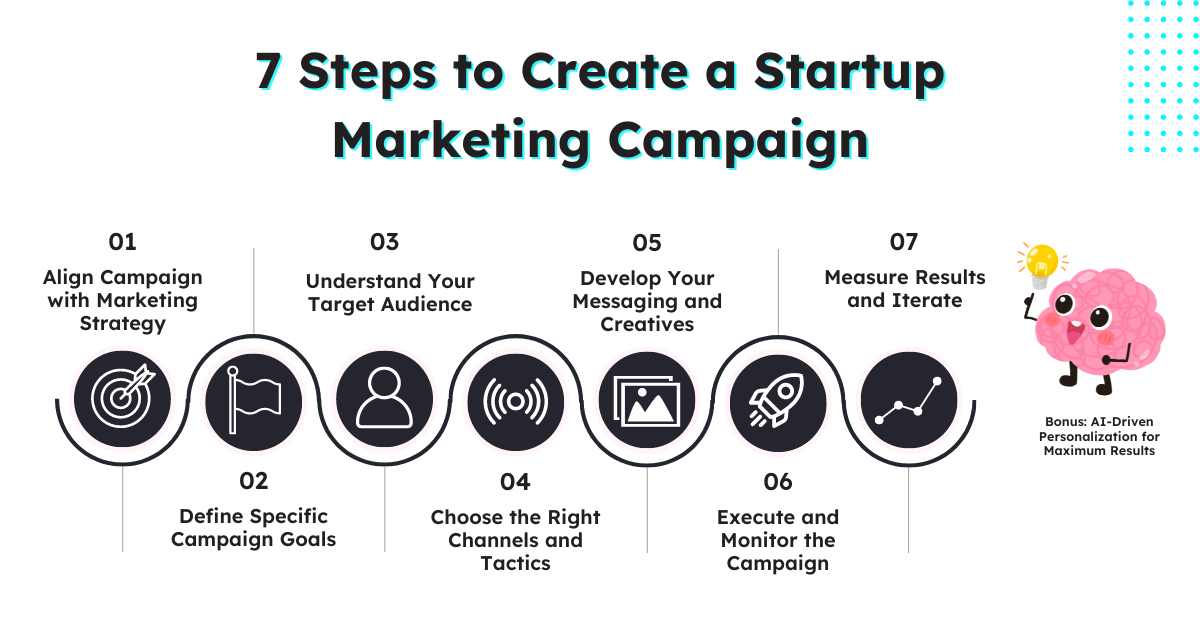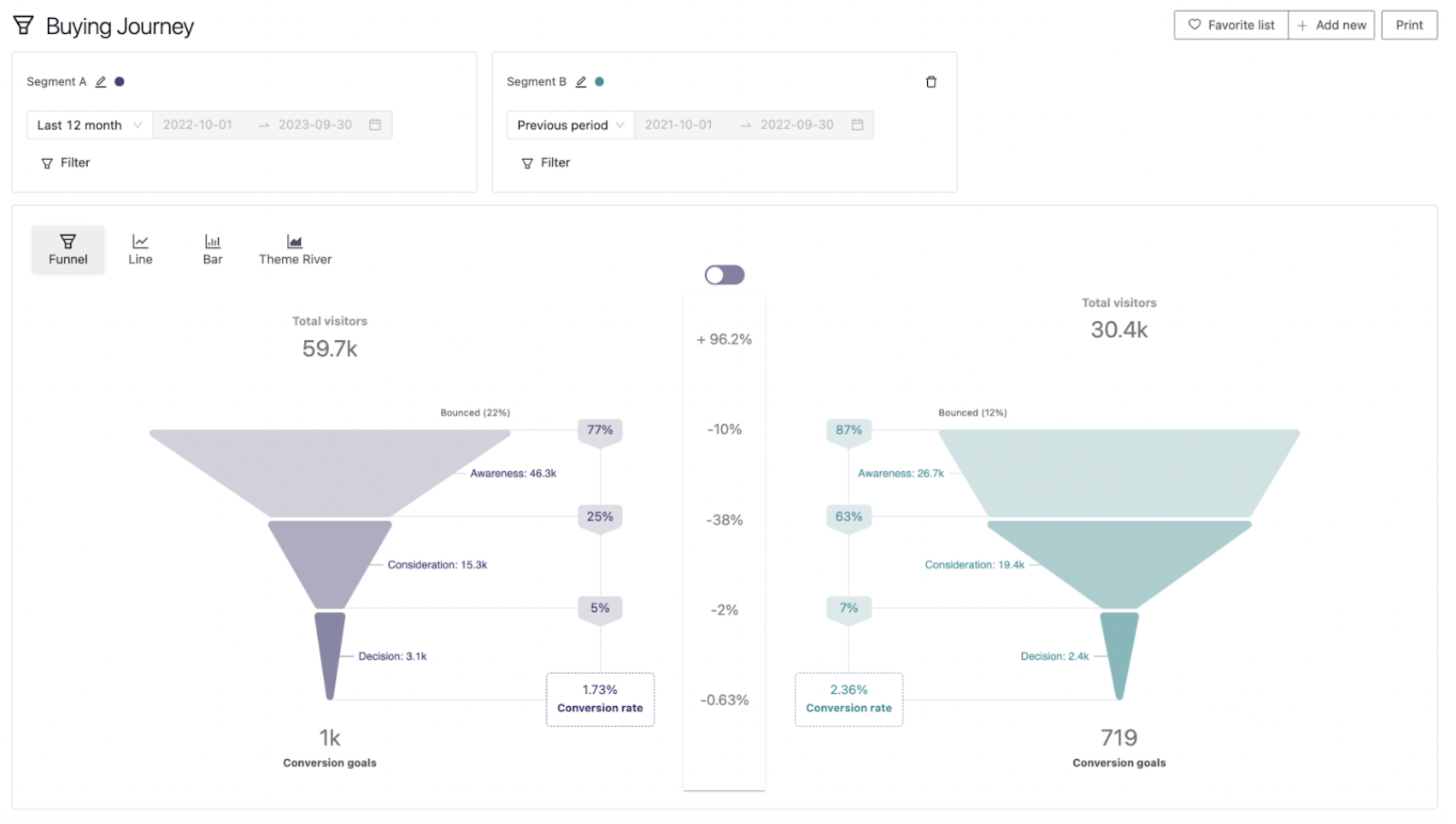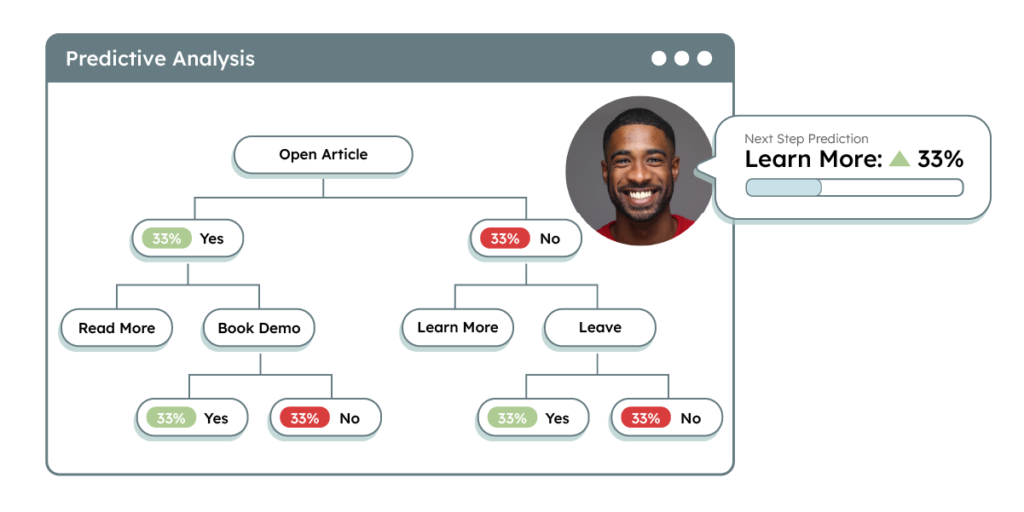
A startup’s success hinges not just on an innovative idea or a groundbreaking product, but also on how effectively it can capture the attention of its intended audience -and, needless to say, as fast as possible. Marketing, therefore, is not just a component of the business strategy; it is *the lifeline* that connects startups with the world, conveying their value propositions, building brand awareness, and ultimately, driving customer acquisition and growth.
For startups, the challenge of marketing is twofold. First, they must break through the noise and distinguish themselves from competitors, many of whom may have more resources and established reputations. Second, they must do so efficiently, optimizing every dollar spent to ensure the highest possible return on investment. This delicate balance requires a nuanced approach, tailored not just to the market or the product, but also to the unique constraints and opportunities that startups face.
Deep dive: 7 Most Successful Startup Marketing Campaigns
In this step-by-step guide, we delve into how to create a marketing campaign specifically for startups.
Table of Contents
What Makes Startup Marketing Unique?
Developing a marketing campaign for a startup often differs from crafting a campaign for more established companies due to several key factors such as resource constraints, brand recognition, market understanding, and risk tolerance.
Here’s how and why these differences manifest:
1. Resource Constraints
Startups: Typically operate with limited budgets, manpower, and resources. Marketing strategies often need to be highly cost-effective, focusing on low-cost channels like social media, content marketing, and guerrilla marketing tactics.
Established Companies: Generally have larger budgets and more resources, allowing for broader marketing campaigns that can include expensive ad buys, comprehensive market research, and high-profile partnerships.
2. Brand Recognition and Trust
Startups: Lack of brand recognition requires strategies focused on building awareness and trust from scratch. This often involves storytelling, customer testimonials, and leveraging social proof to build credibility.
Established Companies: Already have brand recognition and customer trust, which they can leverage to introduce new products or services more easily. Their strategies might focus more on reinforcing brand loyalty and expanding market share.
3. Market Understanding and Position
Startups: May be entering the market for the first time and need to conduct extensive market research to understand customer needs, market gaps, and positioning opportunities. Their strategies are often more experimental, seeking to identify a product-market fit.
Established Companies: Have a deeper understanding of the market based on historical data and established customer bases. Their strategies can be more data-driven and focused on exploiting known market opportunities or defending market positions.
4. Risk Tolerance and Flexibility
Startups: Tend to apply lean marketing methodologies, are more agile, and willing to take risks, allowing them to experiment with unconventional marketing tactics and pivot quickly if something isn’t working. This agility can be a significant advantage in rapidly changing markets.
Established Companies: Often have established processes and a degree of aversion to high-risk tactics, especially if their brand reputation is at stake. Changes in strategy may require more time and go through several layers of approval.
5. Growth Objectives
Startups: Focus on rapid growth, market entry, and user acquisition to prove their business model. Marketing strategies often prioritize short-term wins that can attract attention, investment, and a customer base.
Established Companies: Aim for steady growth, market dominance, or diversification. Their strategies are likely to emphasize long-term brand building, customer retention, and exploring new markets with a calculated approach.
7 Steps to Create a Startup Marketing Campaign

Developing a startup marketing campaign requires careful planning, strategic thinking, and an understanding of how your campaign fits within the broader marketing strategy. Below, we outline several key steps to create a startup marketing campaign, incorporating goals, examples, best practices, and tips on how to execute each step effectively.
Step 1: Align Campaign with Overall Marketing Strategy
- Ensure the campaign supports the overall growth objectives of the startup’s marketing strategy, such as increasing brand awareness or driving conversions.
- Review your startup’s mission, vision, and long-term goals. Then, ensure your campaign directly contributes to these objectives. For instance, if your broader strategy emphasizes digital presence, a campaign might focus on increasing website traffic through SEO and content marketing.
- Document how the campaign’s objectives align with the broader strategy to maintain focus and measure effectiveness accurately.
Step 2: Define Specific Campaign Goals
- Establish clear, measurable goals for what the campaign intends to achieve, such as acquiring 100 new customers or increasing email signups by 20% over the next quarter.
- Use the SMART criteria (Specific, Measurable, Achievable, Relevant, Time-bound) to set goals. For example, rather than aiming to “increase social media followers,” aim for “increase Instagram followers by 15% within three months.”
Free Template: Calculate your SMART Marketing Goals
- Ensure goals are realistic by analyzing past marketing performance and industry benchmarks.
Step 3: Understand Your Target Audience
- Identify and understand the target audience for your campaign, including their needs, preferences, and behaviors.
- Create detailed buyer personas by gathering data through Pathmonk Intelligence, surveys, social media analytics, and customer interviews. For example, a tech startup might target young professionals interested in productivity tools, characterized by their online behavior and preferred content types.
Free Template: Identify and Create your Buyer Persona
- Regularly update your personas based on campaign results and market research to keep them accurate and useful.
Step 4: Choose the Right Channels and Tactics
- Based on your audience research, identify where your audience spends their time and what types of content they engage with. For a B2B software startup, LinkedIn and industry blogs might be more effective than Instagram or Snapchat.
- Diversify your tactics but remain focused on where you can make the biggest impact. Test different channels and adjust based on performance.
Step 5: Develop Your Messaging and Creative Elements
- Craft compelling messaging and creative elements that align with your brand and resonate with your target audience.
- Highlight your unique value proposition and the benefits of your product or service. Use language and visuals that appeal to your target audience’s preferences and pain points. For instance, a startup selling eco-friendly products might use visuals of nature and messaging that emphasizes sustainability.
- A/B test different messages and designs to refine what works best for your audience.
Step 6: Execute and Monitor the Campaign
- This is the fun part! Launch the campaign across chosen channels and monitor performance in real-time to make adjustments as needed.
- Monitor key performance indicators (KPIs) closely, such as click-through rates (CTRs), conversion rates, and social media engagement.
- Be prepared to pivot your tactics based on what the data is telling you. If one channel underperforms, reallocate resources to more effective ones.
Step 7: Measure Results and Iterate
- Evaluate the campaign’s success against its initial goals and identify learnings to apply to future campaigns.
- Use Pathmonk Intelligence to gather data on each goal, comparing pre- and post-campaign metrics. Conduct a thorough review to understand why certain aspects were successful or not.
- Document everything learned during the campaign, including unexpected insights. This documentation will be invaluable for planning future marketing efforts.
Bonus: How to Increase Campaign Results Automatically with AI
In the competitive startup landscape, achieving standout results from marketing campaigns can be particularly challenging. We’ve been there: insufficient traffic, difficulties engaging with your audience, hard-to-optimize resources…
This is where leveraging artificial intelligence can provide a significant advantage.
Pathmonk Accelerate represents a paradigm shift in how startups approach marketing campaign optimization. It utilizes AI to analyze website visitor behavior in real-time, delivering personalized content and offers that align with individual visitor interests and stages in the buying journey. This real-time personalization ensures that startups can significantly increase their conversion rates — be it leads, bookings, sales, downloads… — without additional manual effort.
Increase +180%
leads
demos
sales
bookings
from your website with AI
Get more conversions from your existing website traffic delivering personalized experiences.

How AI-Driven Personalization Works
- Visitor Behavior Analysis: Pathmonk’s AI engine continuously analyzes how each visitor interacts with your website, identifying patterns and intentions based on their navigation, engagement time, and interaction with content.

- Real-Time Content Adjustment: Leveraging the insights gathered, the AI then dynamically adjusts the website’s content, calls-to-action (CTAs), and offers to match the visitor’s specific interests and readiness to convert. This could mean showcasing a particular product to a visitor showing interest in it or presenting a special offer to someone who’s hesitated at the checkout page.

- Enhanced User Experience: By personalizing the user experience in real-time, startups can ensure that visitors are more likely to find the content relevant and engaging, thereby significantly increasing the likelihood of conversion.
What Are The Benefits of AI-Driven Personalization for Startups
- Increased Conversion Rates: Personalized experiences directly contribute to higher conversion rates, maximizing the ROI from each visitor to your site.
- Efficient Use of Resources: For startups with limited marketing budgets, Pathmonk Accelerate optimizes your existing traffic, ensuring you get the most out of every visit without additional ad spend.
- Scalable Growth: As your startup grows, the AI adapts to changing patterns and scales its personalization efforts without requiring a proportional increase in resources or manual intervention.
- Data-Driven Insights: Beyond real-time adjustments, the data collected offers deep insights into customer behavior and preferences, informing broader marketing strategies and product development.
How to Implement Pathmonk Accelerate
If you want to preview how Pathmonk Accelerate would work on your website, use our interactive demo (this is not a trial, so you don’t need to include any payment details).
You can either proceed with our self-service checkout process or, if you have any questions, you can book a demo with our Growth team.
The next step would be integrating the tool with your website. This process involves adding a simple script to your site, after which the AI begins its analysis and optimization work.
It’s crucial to continuously monitor the performance through the analytics provided by Pathmonk Intelligence (access to Intelligence included for Accelerate users), using these insights to further refine and enhance overall marketing strategies.
Conclusion
Developing a startup marketing campaign demands a blend of creativity, strategic thinking, and a keen understanding of your audience. From setting clear, agile goals to leveraging AI technologies like Pathmonk Accelerate for real-time personalization, each step of the campaign development process is crucial for ensuring your startup not only reaches its target audience but also resonates with them on a meaningful level.





